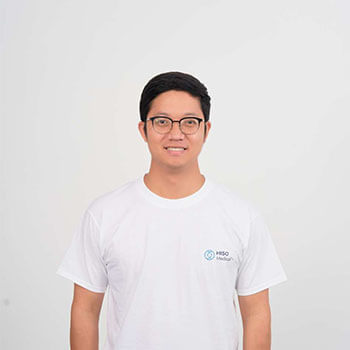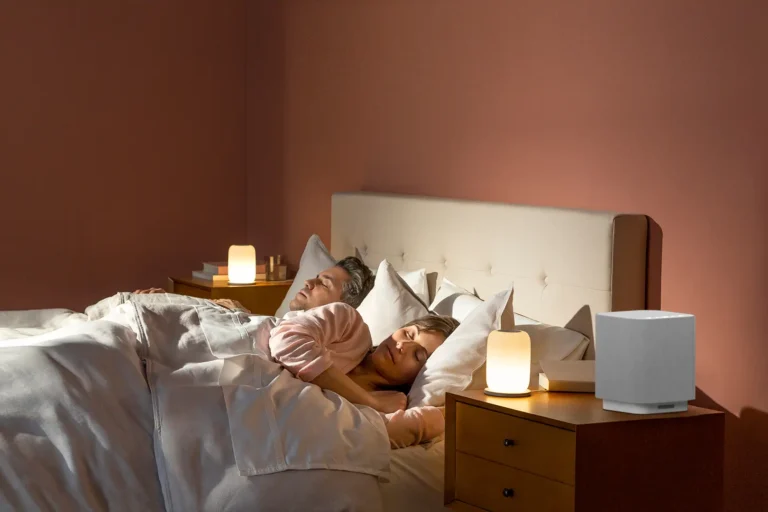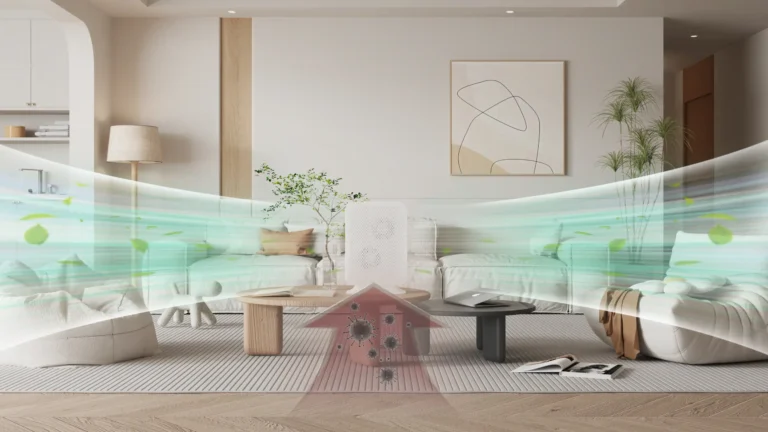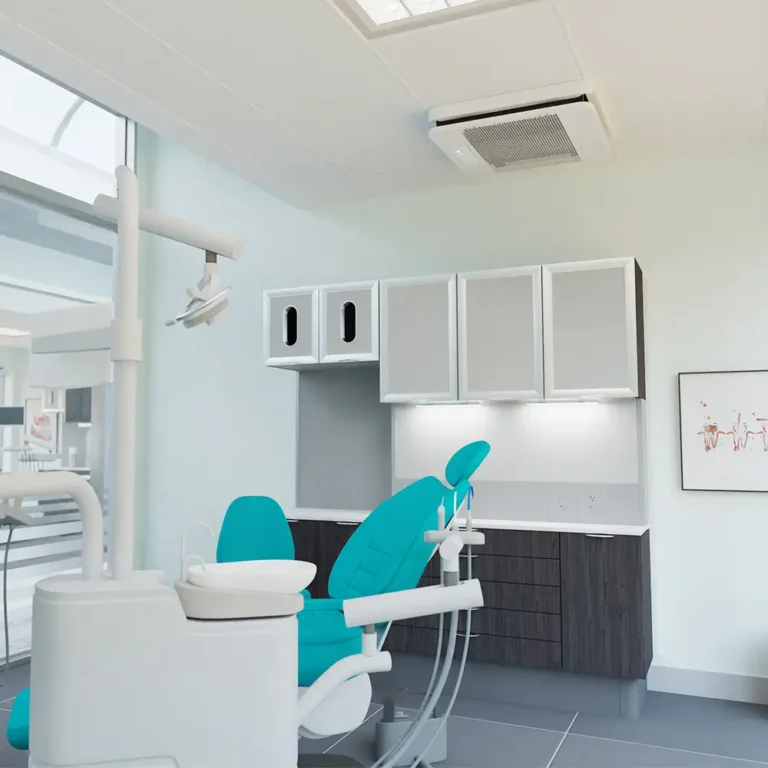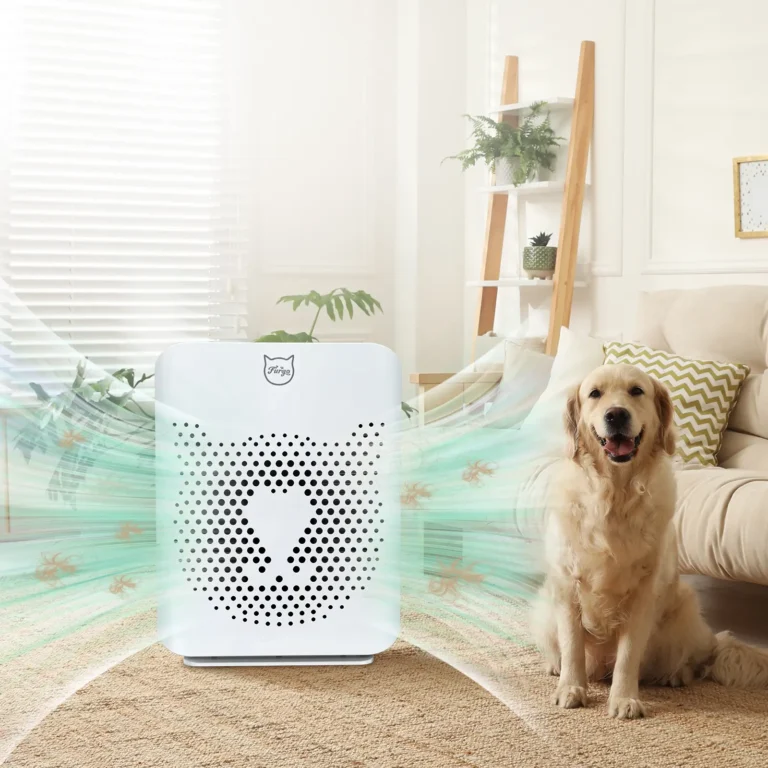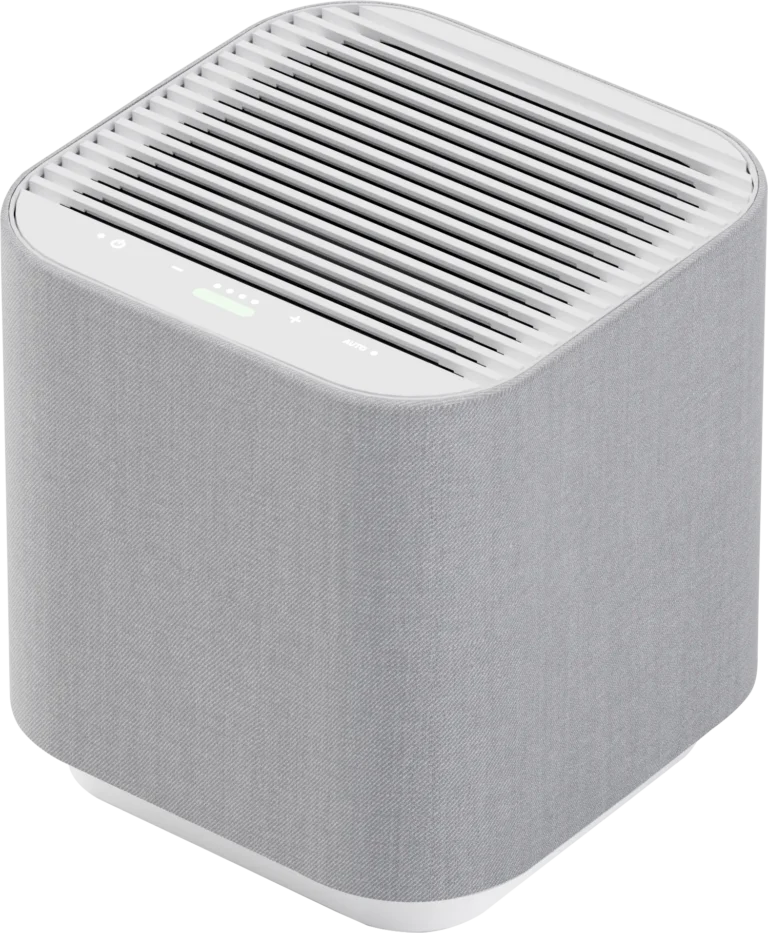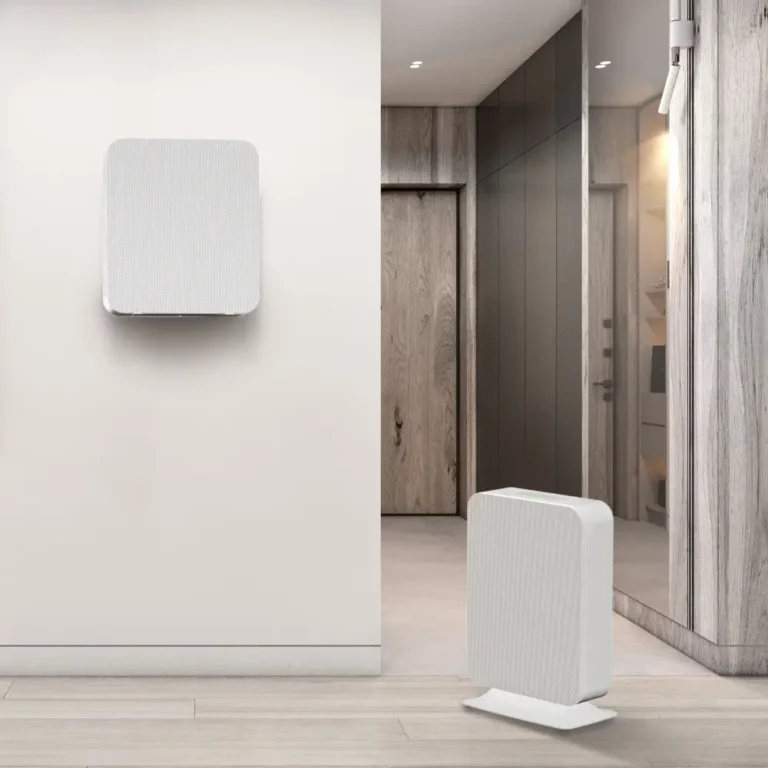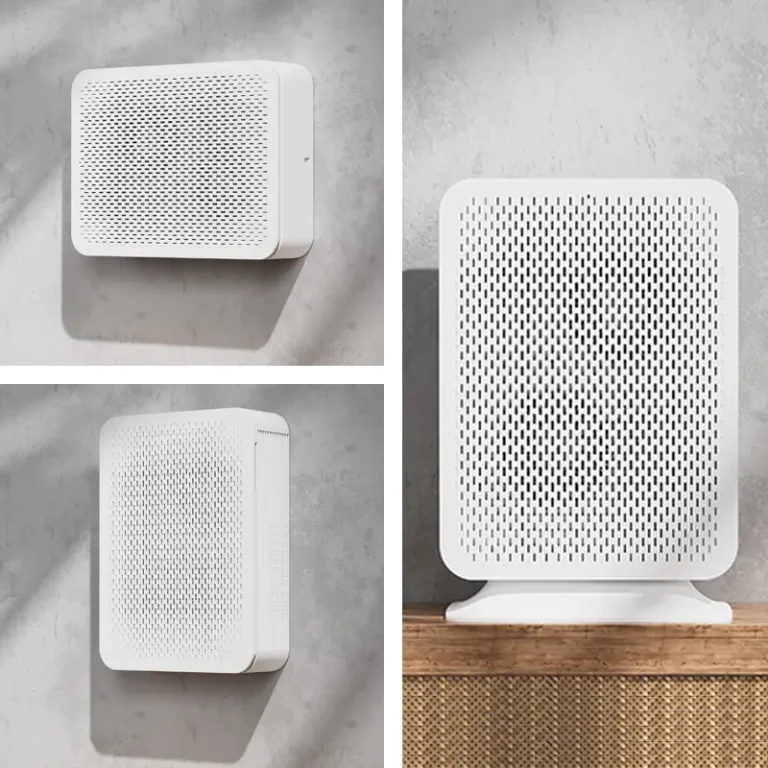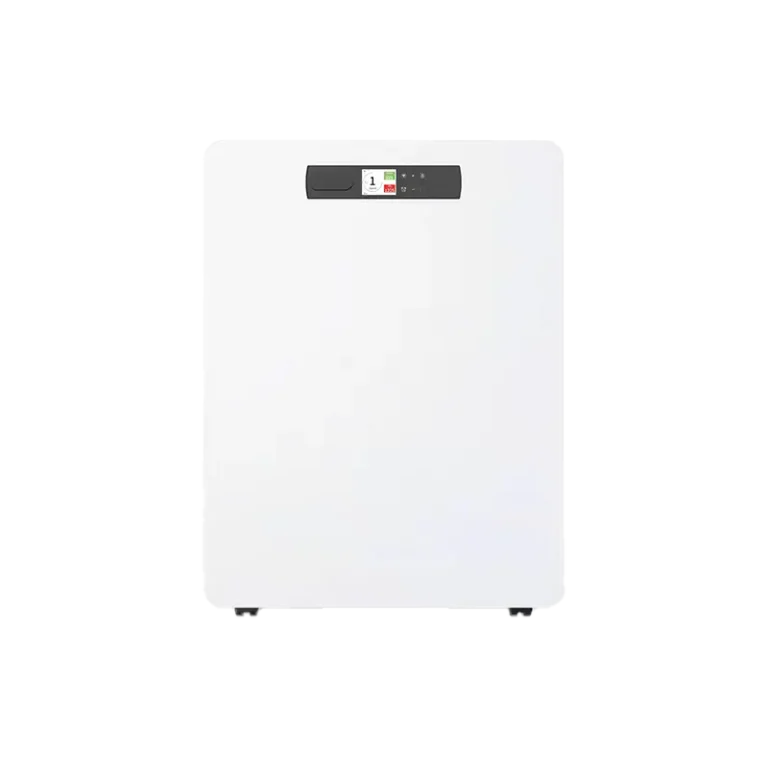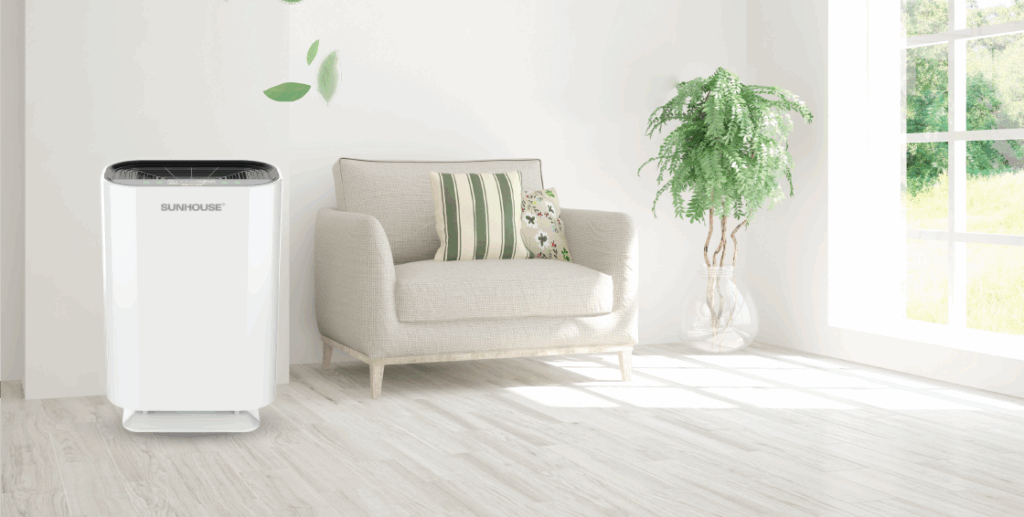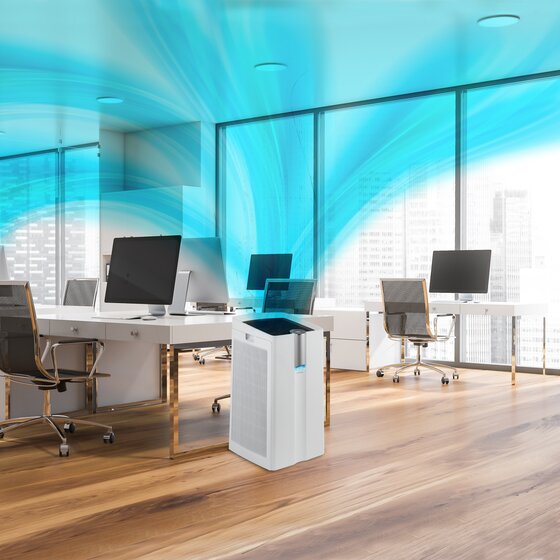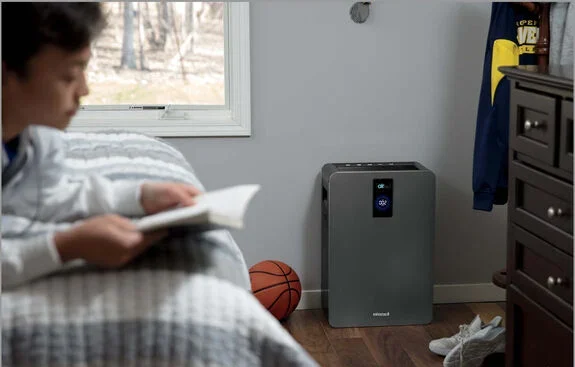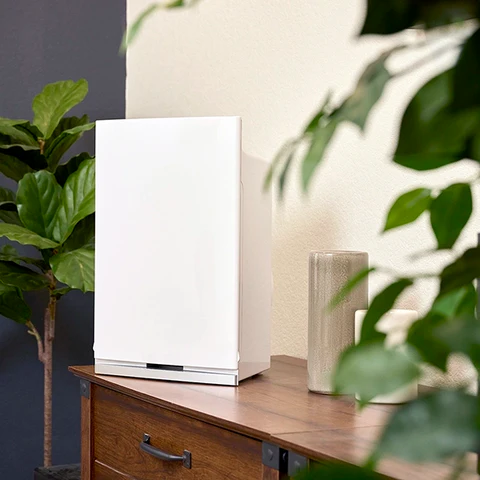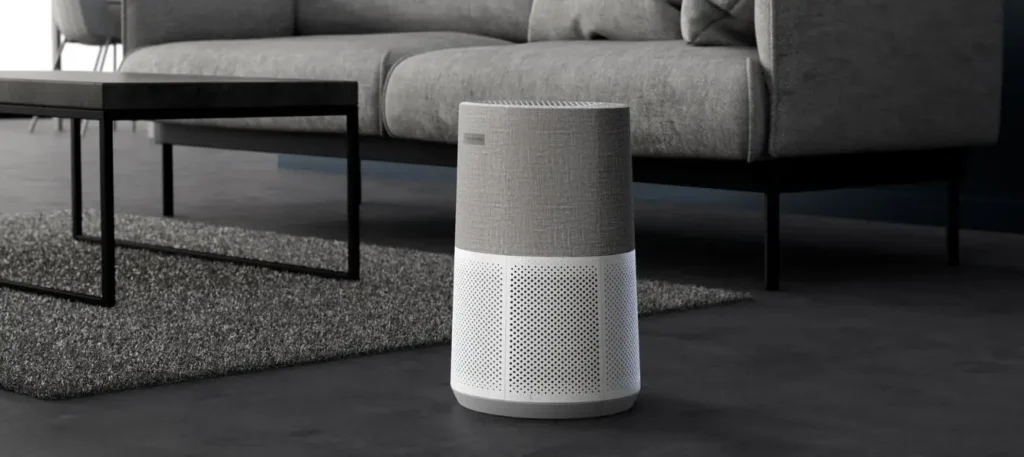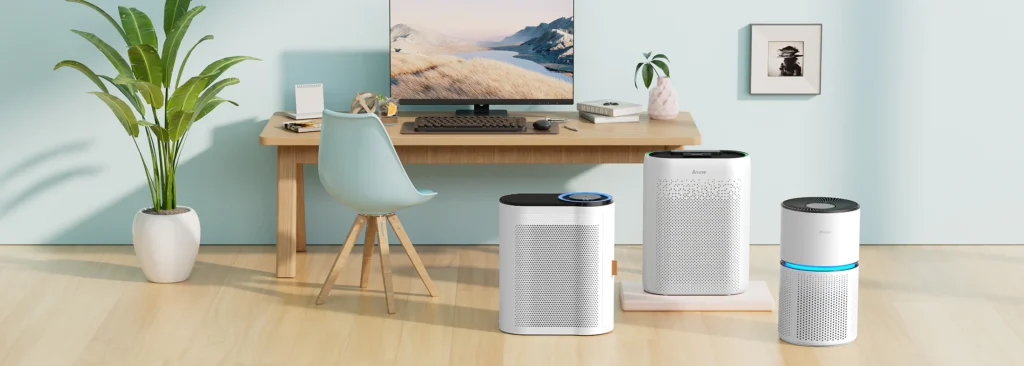If you're in the market for an air purifier, the Toshiba brand likely comes to mind, synonymous with Japanese engineering, quality, and reliability. But when you look at the product box or online description, you might be surprised to see "Made in China". This isn't a simple case of outsourcing; it's the result of a landmark strategic partnership that has reshaped the global home appliance landscape.
The short answer is that modern Toshiba-branded air purifiers are manufactured in China. This is the direct result of a 2016 acquisition where the Chinese appliance giant, Midea Group, took a controlling stake in Toshiba's home appliance division.
This blog post unpacks the story behind your Toshiba air purifier, exploring the corporate alliance that builds them, the evidence that confirms their origin, and what this global manufacturing model means for you as a consumer or business client.
The Game-Changing Deal: How a Chinese Giant Reinvigorated a Japanese Icon
The manufacturing journey of today's Toshiba air purifiers begins with a pivotal agreement signed on March 30, 2016. On that day, Toshiba Corporation transferred an 80.1% majority stake in its home appliance division, Toshiba Lifestyle Products & Services Corporation (TLSC), to the Midea Group for approximately \$473 million.
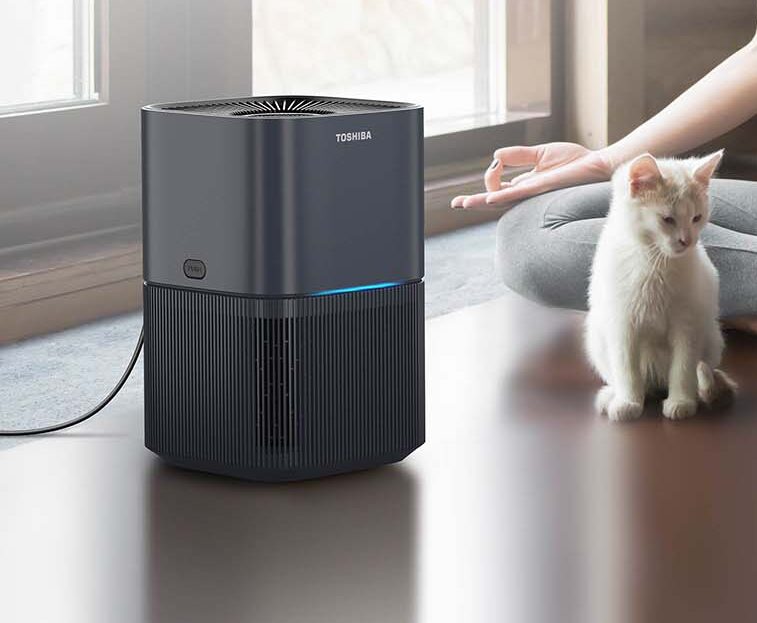
This wasn't just a sale; it was a strategic realignment with long-term implications. Key components of the deal included:
- Majority Control: Midea Group assumed operational and manufacturing control of the division.
- 40-Year Brand License: Midea was granted a 40-year license to use the prestigious Toshiba brand name for home appliances worldwide, ensuring brand continuity for decades to come.
- Continued Operations: The agreement ensured that TLSC would continue to develop, manufacture, and market its full portfolio of appliances—from refrigerators and washing machines to air purifiers—under the Toshiba brand.
For Midea, one of the world's largest appliance manufacturers, the deal was a masterstroke. Instead of spending billions to build a premium brand from scratch, it acquired over a century of Japanese engineering heritage and consumer trust. For Toshiba Corporation, it was a strategic move to offload an unprofitable unit, allowing the conglomerate to focus on its core industrial and energy sectors while ensuring its iconic brand lived on in consumers' homes.
Following the Clues: How We Know They're Made in China
Concrete evidence from multiple sources confirms that Midea manufactures Toshiba air purifiers in China.
- Country of Origin Labels: The most direct proof comes from the products themselves. Online retail listings for various Toshiba air purifiers and their replacement filters explicitly state, "Country of origin is China". This aligns with the global trend where the majority of consumer appliances are produced in Asia to leverage mature supply chains and cost efficiencies.
- Official Regulatory Filings: Beyond consumer-facing labels, official government data provides definitive proof. The U.S. ENERGY STAR program, which certifies products for energy efficiency, lists the manufacturer for the Toshiba air purifier model CAF-Z45US(W) as "GD Midea Environment Appliances MFG Co., Ltd.". This filing is a crucial piece of evidence, formally linking a specific Toshiba-branded product sold in the U.S. directly to a Midea Group subsidiary.
- Operational Control: Midea's control is visible across the entire customer experience. In the United States, the official website for Toshiba Lifestyle products is explicitly "operated by Midea America Corp.," a U.S.-based entity in Parsippany, New Jersey. This shows that Midea's management extends from the factory floor in China to the digital storefront in North America.
This deep integration means Toshiba air purifiers benefit from Midea's vast R\&D, proprietary technologies, and specialized manufacturing lines, allowing for greater control over quality and innovation.

Not All Toshibas Are the Same: A Guide to the Modern Brand
One of the most common sources of confusion is seeing a Toshiba product with a "Made in USA" or "Made in Japan" label. This is because the "Toshiba" brand operates under several distinct corporate structures, each with a different ownership model and product focus.
The consumer air purifier you buy is entirely separate from the industrial motors or commercial HVAC systems that other Toshiba-affiliated companies produce. Understanding this distinction is key. For instance, information about a Toshiba manufacturing plant in Houston, Texas, or the historic Fuji Plant in Japan, does not relate to the production of your home air purifier.
The following table clarifies these separate entities:
| Entity Name | Ownership/Structure | Primary Products | Key Manufacturing Locations |
|---|---|---|---|
| Toshiba Lifestyle Products & Services Corp. (TLSC) | Midea Group (80.1% Majority Owner) | Home Appliances (Air Purifiers, Refrigerators, Washing Machines, Microwaves, etc.) | China (by Midea subsidiaries), Thailand, Vietnam, Malaysia |
| Toshiba Carrier Corporation | Joint Venture with Carrier Corporation | HVAC Systems, Commercial & Residential Air Conditioners | Japan (Fuji Plant), Thailand, China |
| Toshiba International Corporation (TIC) | Wholly owned by Toshiba America, Inc. | Industrial Motors, Power Electronics, Hybrid Vehicle Motors, Transmission & Distribution Systems | Houston, Texas, USA; Global network includes Japan, Vietnam, Brazil, China |
| Kaga Toshiba Electronics Corporation | Toshiba Group Company | Power Semiconductors, Wafers | Ishikawa Prefecture, Japan |
As the table shows, the manufacturing of consumer products like air purifiers falls squarely under the Midea-controlled TLSC, with primary production in China. The industrial products from TIC in the U.S. and commercial HVAC systems from the Toshiba Carrier joint venture belong to completely different operational structures.
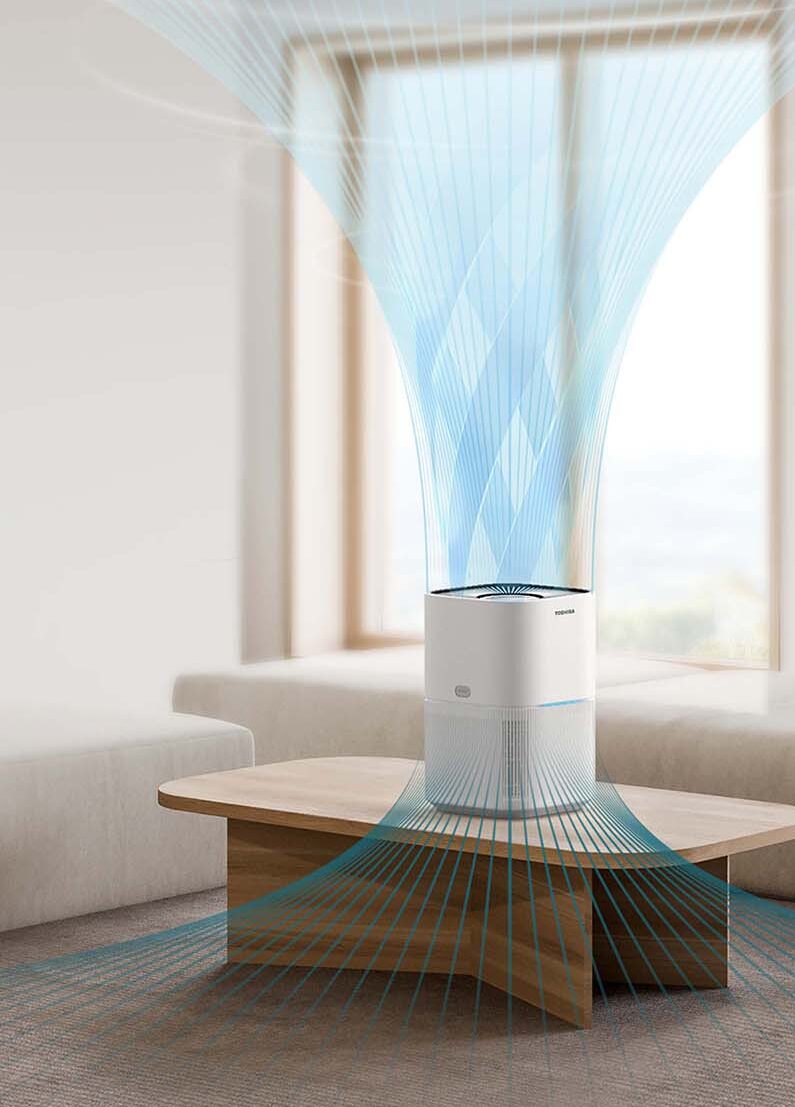
A Powerhouse Partnership: Japanese Heritage Meets Chinese Manufacturing Scale
The integration of Toshiba's home appliance division into Midea's colossal production ecosystem has been a remarkable success. Midea, with over 150,000 employees and dozens of production bases, brought its immense scale and efficiency to the partnership. The previously unprofitable Toshiba unit was transformed into a profitable one, thanks to several key synergies:
- Supply Chain Integration: Toshiba gained access to Midea's massive purchasing power, drastically reducing the cost of raw materials and components.
- Manufacturing Optimization: Midea transferred some of its own production orders to underutilized legacy Toshiba plants, increasing their efficiency and productivity.
- Management and IT Systems: Midea implemented its modern, data-transparent management systems, improving accountability and cutting costs.
- Cooperative R\&D: Midea injected its modern technology platforms, especially in smart home connectivity, into the Toshiba product pipeline, revitalizing product lines that had been slow to innovate.
This model represents a dominant 21st-century business strategy: a manufacturing powerhouse (Midea) leverages its hyper-efficient production base to build products for a legacy brand (Toshiba) that possesses immense consumer trust.
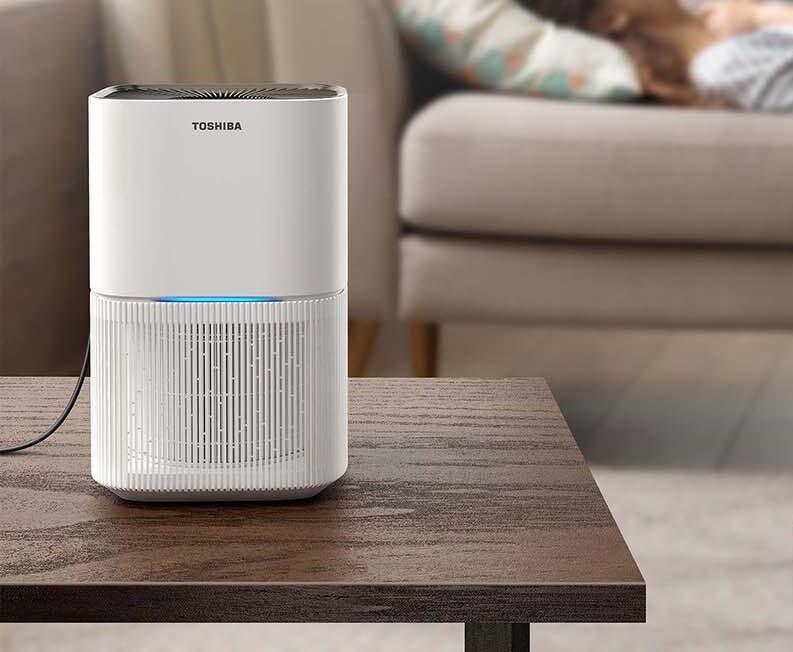
Conclusione
For both direct consumers and business clients, this partnership offers a compelling value proposition. You get a product that embodies Toshiba's long-standing commitment to thoughtful design and quality, backed by the manufacturing might and technological innovation of Midea Group, a global leader in the appliance industry.
The journey of a Toshiba air purifier—from a concept rooted in Japanese design principles to a finished product from a state-of-the-art Midea facility in China—is a case study in modern global strategy. It's a convergence of brand heritage and manufacturing power, delivering a product designed for the contemporary global market.

